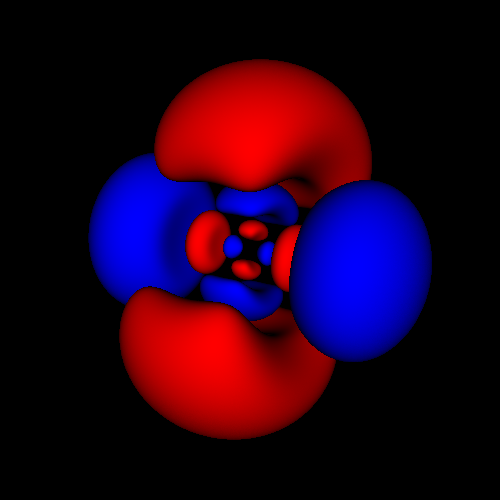
Atomic Orbitals
Comments
11 responses to “Atomic Orbitals”
-
Nice Work!
-
Very cool, great work Andy!
-
Thank you for sharing this excellent work!
-
WebGL won’t initialize on my Mac running Chrome Beta
-
I have all sorts of problems with chrome on my windows laptop. It only loads when it is the only tab. Firefox and canary load it just fine, so that might work with you. WebGL still isn’t fully baked just yet.
-
[…] Curvature of the Mind […]
[WORDPRESS HASHCASH] The comment’s server IP (72.232.7.71) doesn’t match the comment’s URL host IP (76.74.254.123) and so is spam.
-
I was thinking to start doing this but you were faster :)
-
Thanks, This is one of the first projects I took on. I’d love to get some artistic input on how to make the images really stand out. Right now it’s just a basic rendering. I’d love for it to be part of a bigger project like an interactive chemistry or physics text. Sitting here, it’s just a demo.
-
Could you please comment on the basis, rotating or standing? Also, starting with the n=2, p = 1, m_l=±1 (e.g. 2,1,1) the orbitals are not exactly symmetric with (2,1,0). In almost every other representation online, the orbitals for higher m_l (given a fixed n and p value) are essentially symmetric with the other m_l values, only rotated along a different axis. In your app, the various m_l orbitals in the standing basis are indeed similar but still show marked unique features and are not simply rotated copies of the other m_l values. Could you please comment? Perhaps others are using a simplification of the wave functions (spherical harmonics) for faster/easier calculations? (I already realize that any of these pictures are not a full representation of the complete space AND that for every picture of an orbital as a solid one must choose some surface to represent and so it’s not likely that all pictures will be identical. Even considering that, the orbitals of your app are still obviously different than other renditions.)
-
This is really cool!!!!
-
I’ve found your work at my old 2012 page https://www.ibiblio.org/e-notes/webgl/chem/vb/bond.html. I wonder if it is possible to see electron clouds in VR. Unfortunately, it is not clear how do you get “full-blend” images.
Leave a Reply